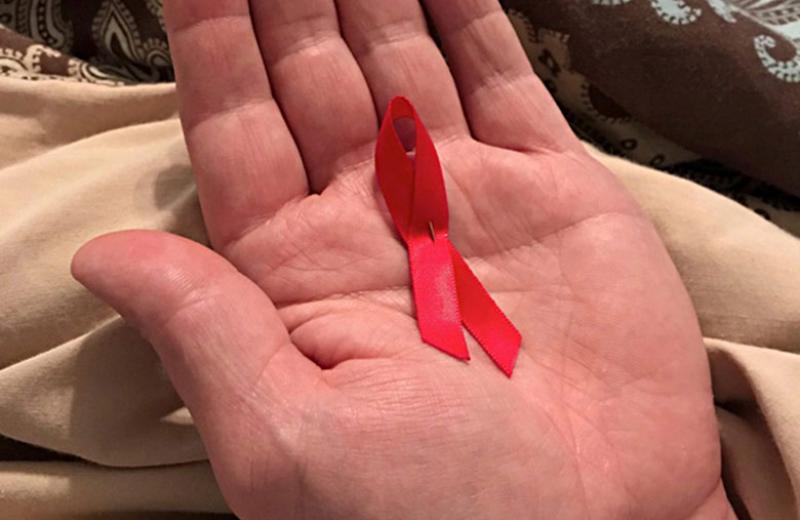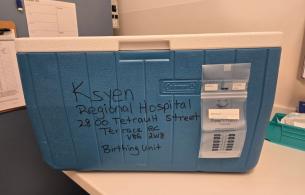World AIDS Day 2018
I distinctly remember learning about HIV and AIDS back in 1992 during my grade 7 Family Life class (no need to do the math to calculate how old that makes me!). AIDS was absolutely terrifying to this naïve 12 year old. I clearly recall a few things:
- HIV could not be transmitted through every day contact like a handshake, hug, or even from using the same toilet seat.
- HIV was transmitted through direct contact with bodily fluids, such as through unprotected sex or the use of intravenous drugs.
- HIV turned into AIDS, which then led to illness and certain death.
Since taking on my new role, which focuses heavily on HIV, I’ve been brushing up on the facts related to HIV and AIDS. I’m really proud of my teacher for clearly articulating that HIV isn’t easily transmitted. I think that having this understanding prevented me from being unnecessarily afraid of people living with HIV. She also taught the importance of protected sex and not sharing needles, which is still absolutely key in preventing the spread of HIV. However, some things have changed and it’s super exciting!
The facts about HIV
Advances in testing and treatment have transformed the prognosis for people living with HIV. Did you know that:
- HIV is now considered a chronic illness?
- Treatment, for some, can consist of only one pill per day?
- People can live their entire lives with HIV and not ever develop AIDS?
- A person with HIV has every chance now to live almost as long as someone who does not carry the virus?
However, these facts are only true for people who are aware of their HIV status and are actively participating in treatment.
Know your status
The theme of this year’s World AIDS Day is “Know Your Status,” encouraging all of us to know our HIV status. The latest UNAIDS Report shows that between 10-20% of people do not know they are infected with HIV. If a person isn’t aware that they have HIV, they will not be receiving the treatment that they need to allow them to live a long, healthy life and they may not be taking the necessary precautions to prevent the transmission of the virus to others. Alternately, once a person knows they have HIV, they can access treatment and psychosocial supports to suppress the virus in their body and employ the necessary measures to avoid passing HIV on to their loved ones.
When was the last time you were tested for HIV?
I was tested last year as part of prenatal screening to ensure that, had I been infected, transmission to my baby could be avoided. My mom was tested this year because her doctor offers testing to everyone between 18-70 years of age, at least every 5 years. My good friend recently asked to be tested before beginning a sexual relationship with a new partner.
It’s up to each of us to take responsibility for our health, and the health of our communities, by knowing our own HIV status. If you haven’t been tested recently, what are you waiting for? It’s a simple blood test that can make a world of difference. To get tested, ask your physician or nurse practitioner to order the lab work for you. For other ways to access HIV testing, or to learn more about the virus and how it can be transmitted, visit HIV and Hepatitis C.
I’m amazed at how far HIV research has come since those days of grade 7 Family Life. However, we still have a long way to go in reducing the stigma associated with HIV and eradicating the virus all together, and the first step is normalizing getting tested for HIV.
My son will be 12 in 2030, which is likely when he will take Family Life like I did. My hope is, by that point in time, there won’t be a module on HIV and AIDS because the ongoing progress on prevention and treatment will have been successful in completely eradicating the virus.














Comments